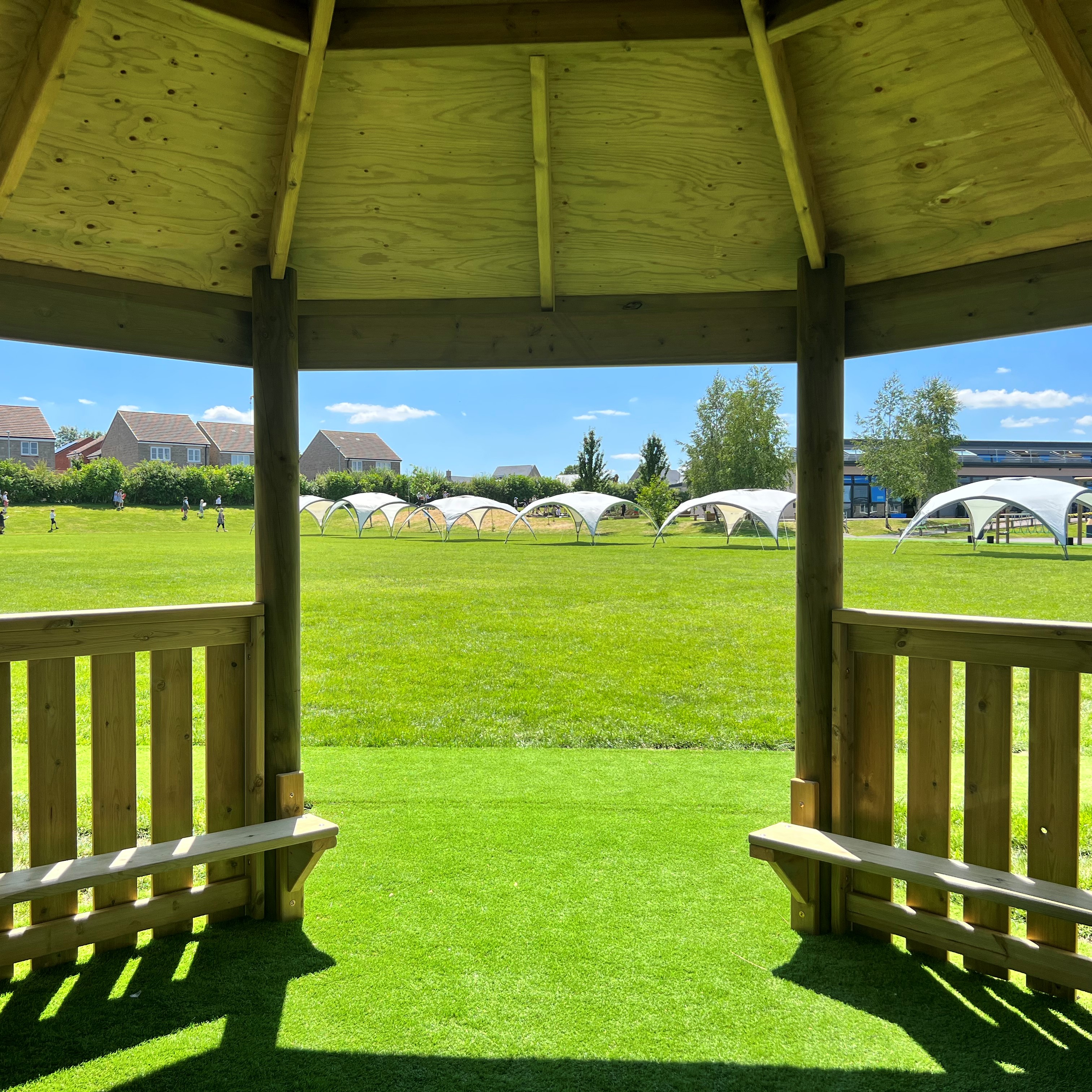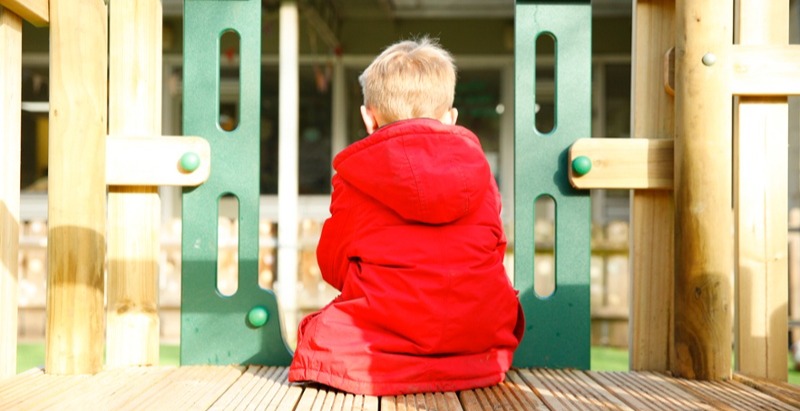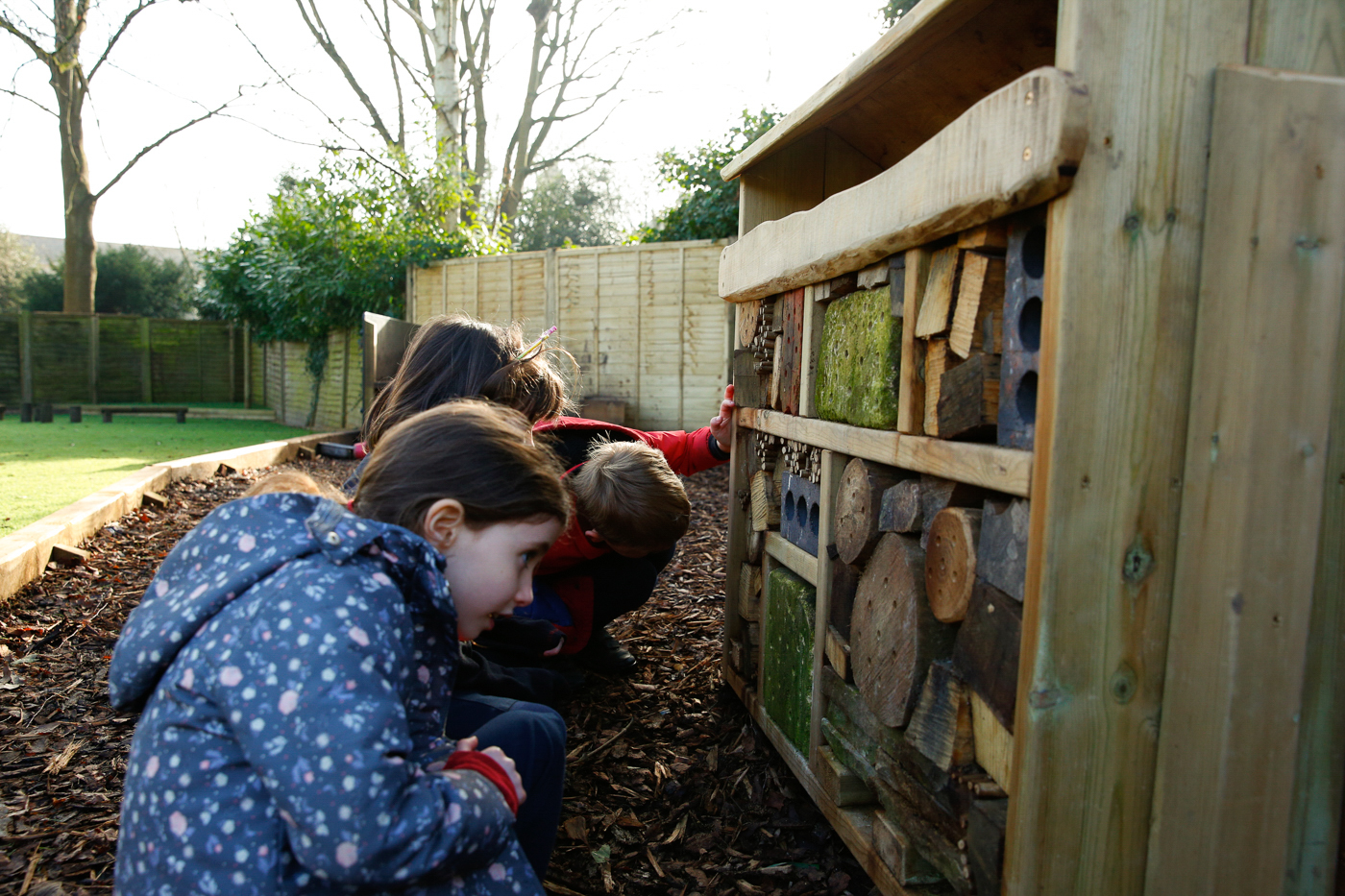Over recent years, we’ve seen an increasing amount of reported mental health problems such as anxiety and depression, and not just in adults. An NHS study in 2021 reported that one in six 6–16-year-olds now have “probable mental health disorders”, compared to one in nine in 2017.
While this is undoubtedly partly due to the circumstances of the global pandemic, children are also coping with more stimulus than any previous generation and many have limited access to the green spaces and active outdoor play which are shown to improve sleep quality and self-esteem, as well as reducing the risks of developing mental health disorders.
With this in mind, outdoor classrooms can be one incredible tool to help improve the mental health of children at your school. There’s no easy fix for student’s mental health, but in this post, we will explore how outdoor education can be a step in the right direction - helping students to develop crucial skills, reconnect with nature, let go of stress, and more.
Changing Spaces
A common therapy technique for changing harmful patterns of behaviour or spiralling thoughts is to physically move into a new space.
Despite the best efforts of teachers, some children still interpret traditional classrooms as a place of struggle or disinterest. By moving a lesson outside, learning can cast off some of those preconceptions and make children feel like they have a clean slate in terms of the feelings and behaviours they have grown used to in class.
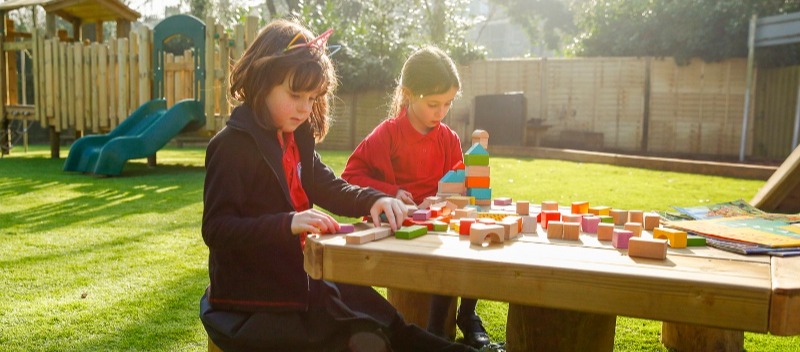
This leaves space for more positive approaches towards school and learning to develop, which can help with everyday feelings of happiness, motivation, and self-esteem.
Developing Social and Collaborative Skills
Outdoor learning environments are also natural places to develop the social and collaborative skills which can help children to build rewarding friendships and relationships.
Many outdoor classrooms have seating in the round, better suited to collaborative discussion than traditional classroom layouts. Others have flexible seating like beanbags or grass-top stools, which can be moved around for small group work.
Outdoor activities commonly use group work. The space means students can be creative and physical with activities on a larger scale that are easier with groups, such as drawing murals, constructing large structures, or putting together dramas to perform.
Vitamin D
It’s thought that around 3% of the human genome is regulated by the vitamin D endocrine system. Low levels are connected to anxiety and depression in all ages, as well as physical ill health and sleep disorders.
Higher UVB levels are also linked to physical and mental well-being, and both of these correlates with safe exposure to sunlight.
During the darker months, it’s difficult for students to get healthy time out in the sunshine. In winter, children often arrive at school when it’s still dark and leave school just before sunset. At this time of the year, it’s also common for outside breaks and lunchtimes to be cancelled due to poor weather, meaning students can get little to no sunlight exposure over a day,
Outdoor classrooms and education programs mean teachers can be more flexible about the time children can take advantage of better weather. Even when it is a little wet, having more outdoor shelters means children may still be able to go out for some fresh air without fear of being completely soaked.
Benefits of Outdoor Exercise
Physical exercise is shown to help everyone to manage stress and anxiety, it encourages the body to release endorphins and gives the brain achievable tasks to focus on.
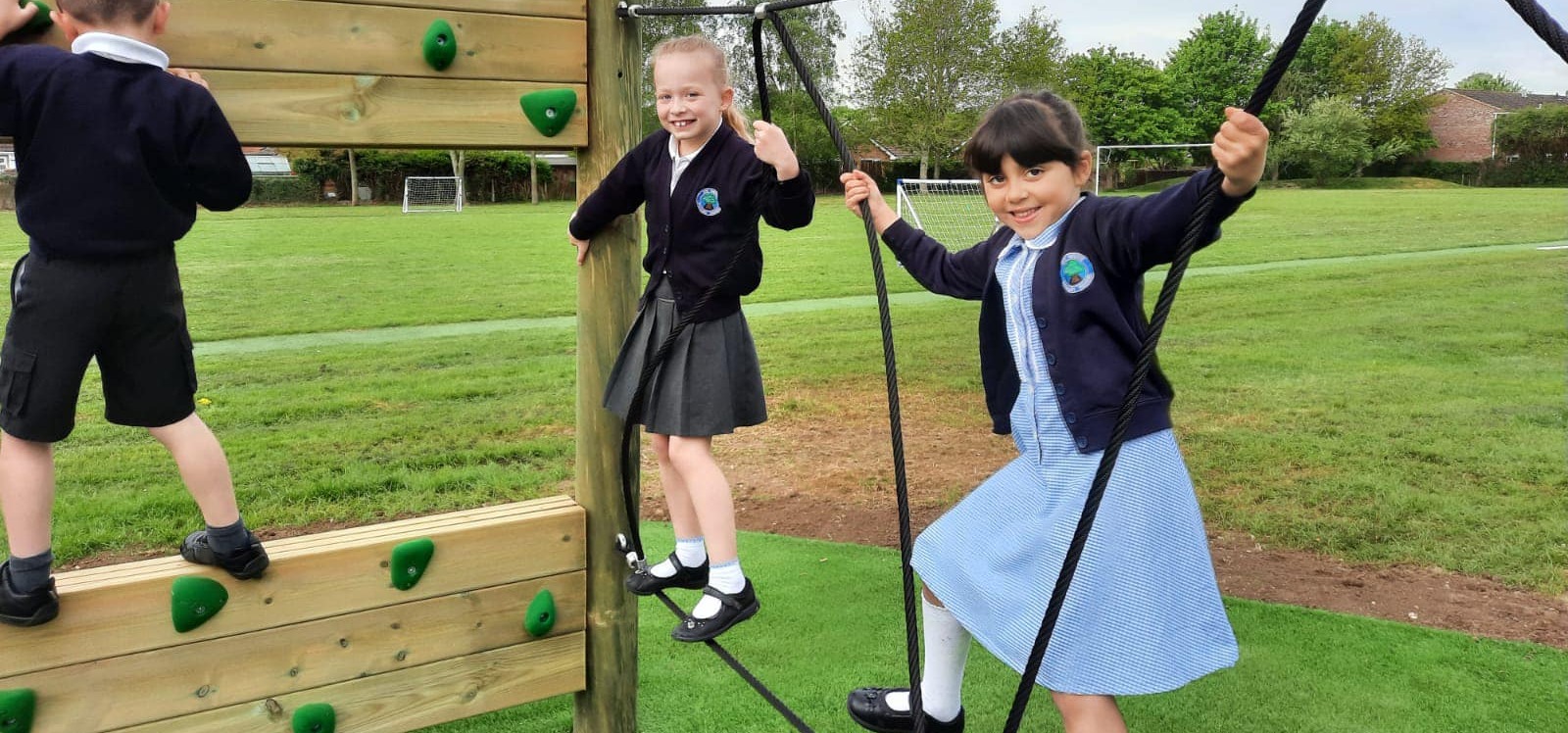
There are clear links to outside exercise being linked to higher levels of life satisfaction and happiness. For children, it has the added bonus of helping to develop motor skills such as coordination and balance which can help them thrive in many different areas of life.
For teenagers, time to focus on what their bodies can do rather than how they appear to others has also been shown to improve self-esteem, particularly when taking part in “adventure” activities with peers.
Outdoor classrooms encourage pupils to spend more time outside and many outdoor education lessons involve elements of physical activity which make good use of the classroom’s proximity to the outside.
Interacting with Nature
Links have been drawn between mental wellbeing and time spent in nature for many years, but it’s only recently that there have been studies which look directly at the impact time spent in green spaces can have on children.
A study in the Natural Medicine Journal recently reviewed research in this area - covering new green spaces in urban areas, the introduction of forest schools, and outdoor learning programs. The effects on the children who benefitted from these programs was shown to be substantial across the board - improved concentration in class, pro-social behaviour, and reduced anxiety.
Children with ADHD are shown to have reduced symptoms after as little as 20 minutes spent outdoors. There were also shown to be benefits for the children’s long-term health and happiness, even after a short programme of outdoor education.
This suggests that, while exercise is an element of why being outside helps to boost mental wellbeing, interacting with nature in any way can also have a huge impact. Why does it have such benefits? There’s no one reason, but many.
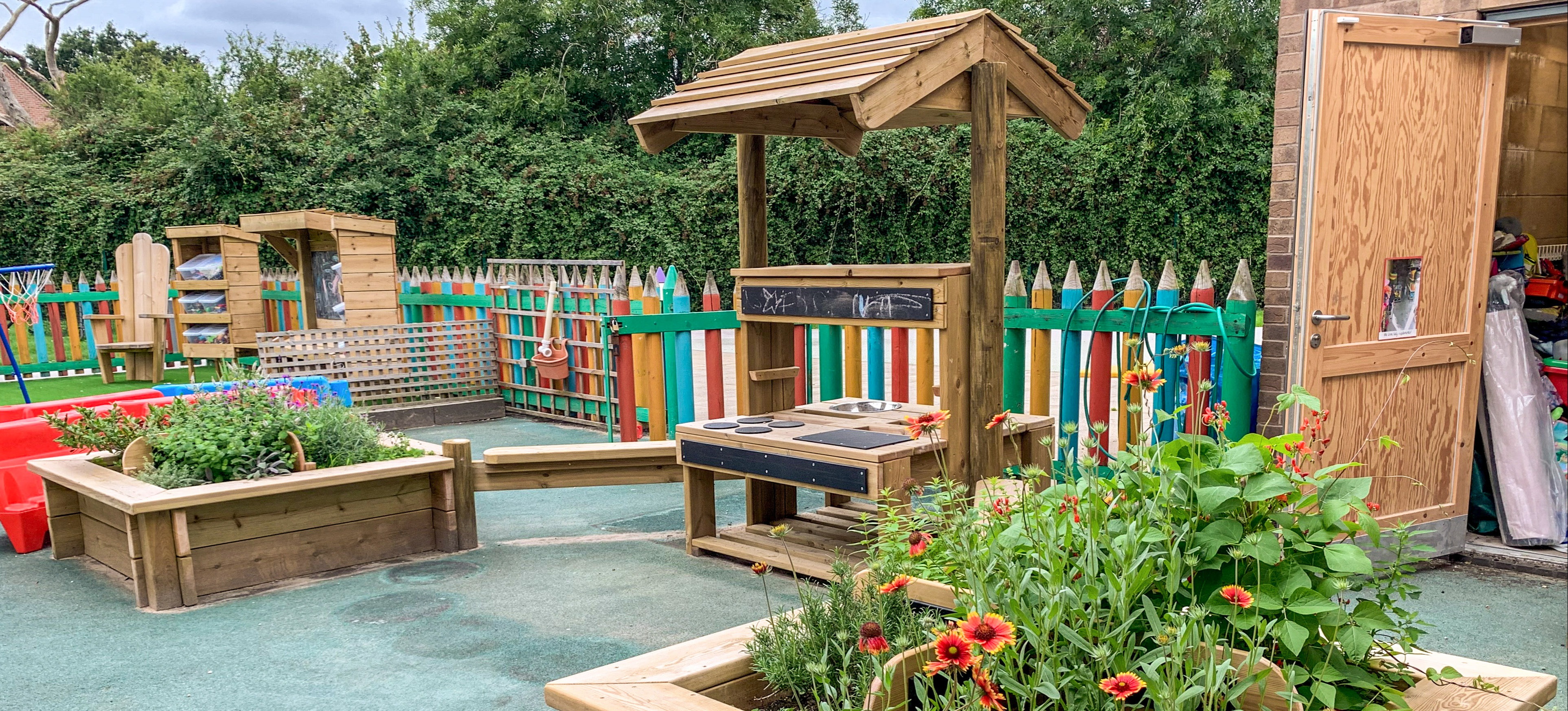
Why does it help?
For one, nature provides a rich sensory experience - the smells of flowers, the feeling of earth, the sound of the wind. This can help to keep you in the current moment rather than worrying about the past or future. This can be rare in the modern day of constant notifications and stimulating experiences, even for children.
In addition, there’s often a focus on physical tasks to accomplish outdoors, whether you’re moving from one space to another or tending a garden. This can similarly help students to keep their mind in the moment, appreciate their own abilities, and focus on small successes.
There may also be an evolutionary element: for thousands of years, humans spent most of their time in the outdoors, and reducing that time so drastically in favour of screens may affect us in ways we can’t understand yet.
Being outside in the sunlight can match with what your circadian rhythm craves at certain times of the day and stimulates the serotonin which helps humans to feel happy and at peace. It can also help to foster feelings of connection to the earth at large, besides which day-to-day worries can seem smaller.
Excited to start an outdoor education revolution in your playground? Call DBD to get started on designing and building dynamic outdoor learning spaces, including hexagonal classrooms, performance stages, and group discussion zones.
Originally published Nov 11, 2022 1:47:57 PM , updated January 31, 2024



